The Transformative Power of Art and Creativity
In a world fraught with pressing issues and seemingly insurmountable challenges, the question of whether art can change the world might appear trivial. However, beneath the surface, this query unveils a profound exploration of the human experience, the power of creativity, and the potential for art to spark meaningful change. To address this question, we must delve into the realms of history, psychology, and contemporary society to examine the undeniable impact of art and how it can serve as a catalyst for change.

Table of Contents
Art and Human Civilization
Art has been a fundamental part of human civilization for millennia. From the intricate cave paintings of Lascaux to the Sistine Chapel’s ceiling, art has allowed individuals to express their emotions, beliefs, and aspirations in profound ways. Beyond aesthetics, art has been a mirror reflecting the values, struggles, and triumphs of societies throughout history. It has been a potent tool for political commentary, social critique, and cultural preservation.
Shaping Public Perception
Throughout history, art has played a pivotal role in shaping public perception and inciting social change. Take, for example, the iconic image of the “Tank Man” during the Tiananmen Square protests in 1989. The anonymous man’s defiance in the face of a column of tanks encapsulated the spirit of a movement and inspired countless individuals worldwide to rally for freedom and democracy. This single image, a work of art in its own right, serves as a testament to art’s capacity to transcend boundaries and speak to the collective human conscience.
Galvanizing People to Take Action
Similarly, during the American Civil Rights Movement, artists like Nina Simone and Bob Dylan used their music to voice the pain and aspirations of a marginalized community. Their songs, such as “Strange Fruit” (originally recorded by Billie Holiday in 1939) and “The Times They Are A-Changin’,” became anthems that mobilized millions and fuelled the quest for racial equality. Art became a vehicle for conveying the urgency of the struggle, galvanizing people to take action.

Driving Social Change
In recent years, the power of art to drive social change has only intensified. The Black Lives Matter movement, ignited by the tragic death of George Floyd, witnessed an outpouring of artistic expression in the form of murals, poetry, music, and visual art. These works not only conveyed the anguish and demands of the movement but also helped humanize its message, fostering empathy and understanding.
Beyond its role as a catalyst for activism, art possesses the unique ability to stimulate dialogue and encourage critical thinking. A thought-provoking painting, a gripping novel, or a poignant film can challenge societal norms, provoke uncomfortable conversations, and broaden our perspectives. Art can invite viewers to confront uncomfortable truths and grapple with complex issues, ultimately fostering a more informed and compassionate society.

The Impact of Art
However, it would be naive to claim that art alone can change the world. The impact of art is, in part, dependent on how it is received and interpreted by the audience. Moreover, while art can inspire, it often requires practical action to translate inspiration into tangible change. In this sense, art can serve as a powerful catalyst, but it must be accompanied by the dedication and effort of individuals and communities to effect lasting transformation.
One of the challenges that art faces in its quest to change the world is its accessibility. The art world, at times, appears to be an exclusive realm reserved for the privileged few. High-priced auction sales and exclusive gallery exhibitions can create barriers that limit the reach of art’s transformative potential. To harness the full power of art, we must democratize access to creativity, ensuring that it is an inclusive and diverse platform that amplifies the voices of all.
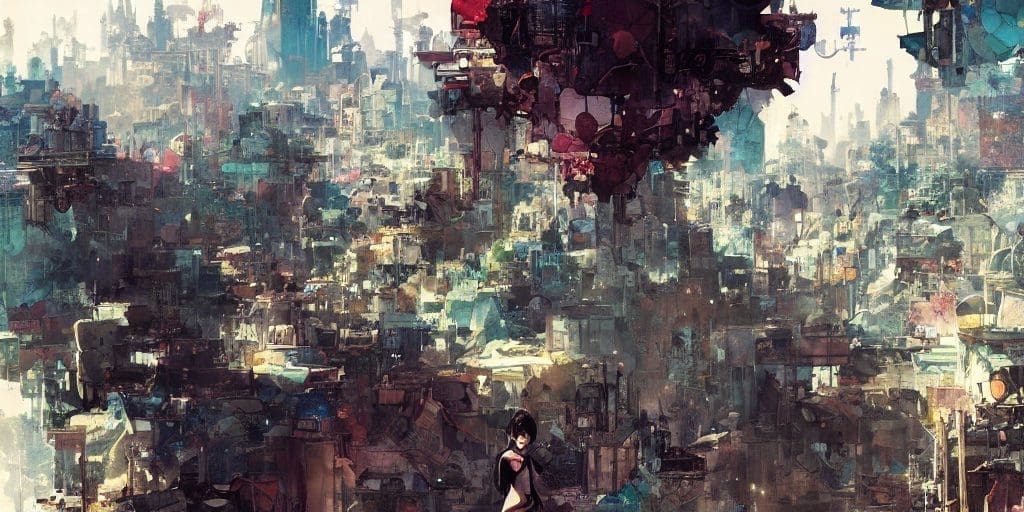
Potential to Change the World
Moreover, art’s potential to change the world is closely tied to its ability to connect with the digital age. In our increasingly interconnected world, art has the opportunity to transcend geographic boundaries and reach global audiences. Social media platforms, online galleries, and digital storytelling offer new avenues for artists to share their work and engage with diverse communities. Embracing these digital tools can amplify art’s influence and facilitate meaningful conversations on a global scale.
The question of whether art can change the world is not a simple one to answer. Art, in all its forms, has undoubtedly played a pivotal role in shaping societies, sparking movements, and driving social change throughout history. Its capacity to inspire, challenge, and connect with people on a profound level is undeniable.
It’s Down To Us
However, art alone cannot bear the weight of transforming the world. Its impact is contingent on how it is received, interpreted, and acted upon by individuals and communities. To harness art’s full potential, we must democratize access to creativity, embrace digital platforms, and combine artistic expression with tangible efforts for change. Art, when coupled with collective action, has the power to illuminate the path toward a more just, compassionate, and harmonious world.
So, can art truly change the world? Yes, but only if we let it, and only if we are willing to change with it.


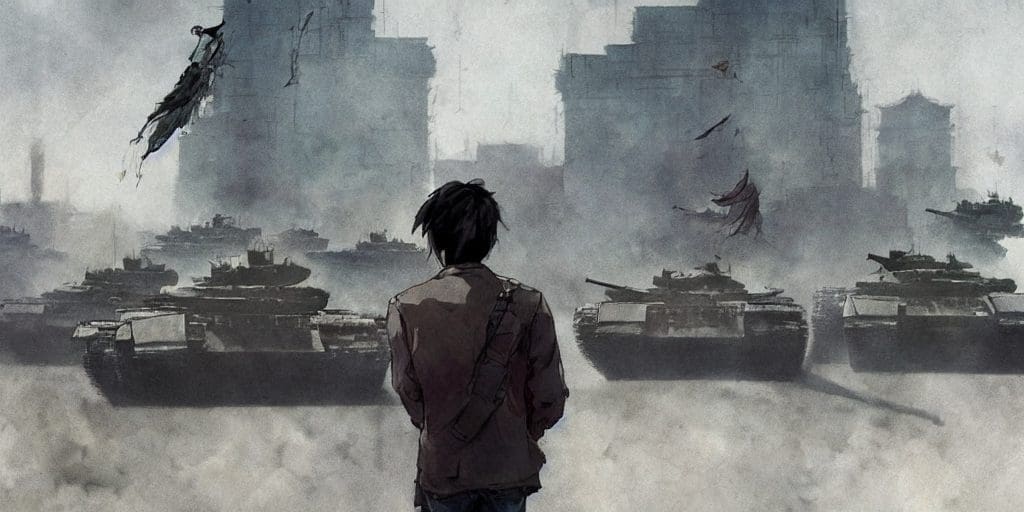
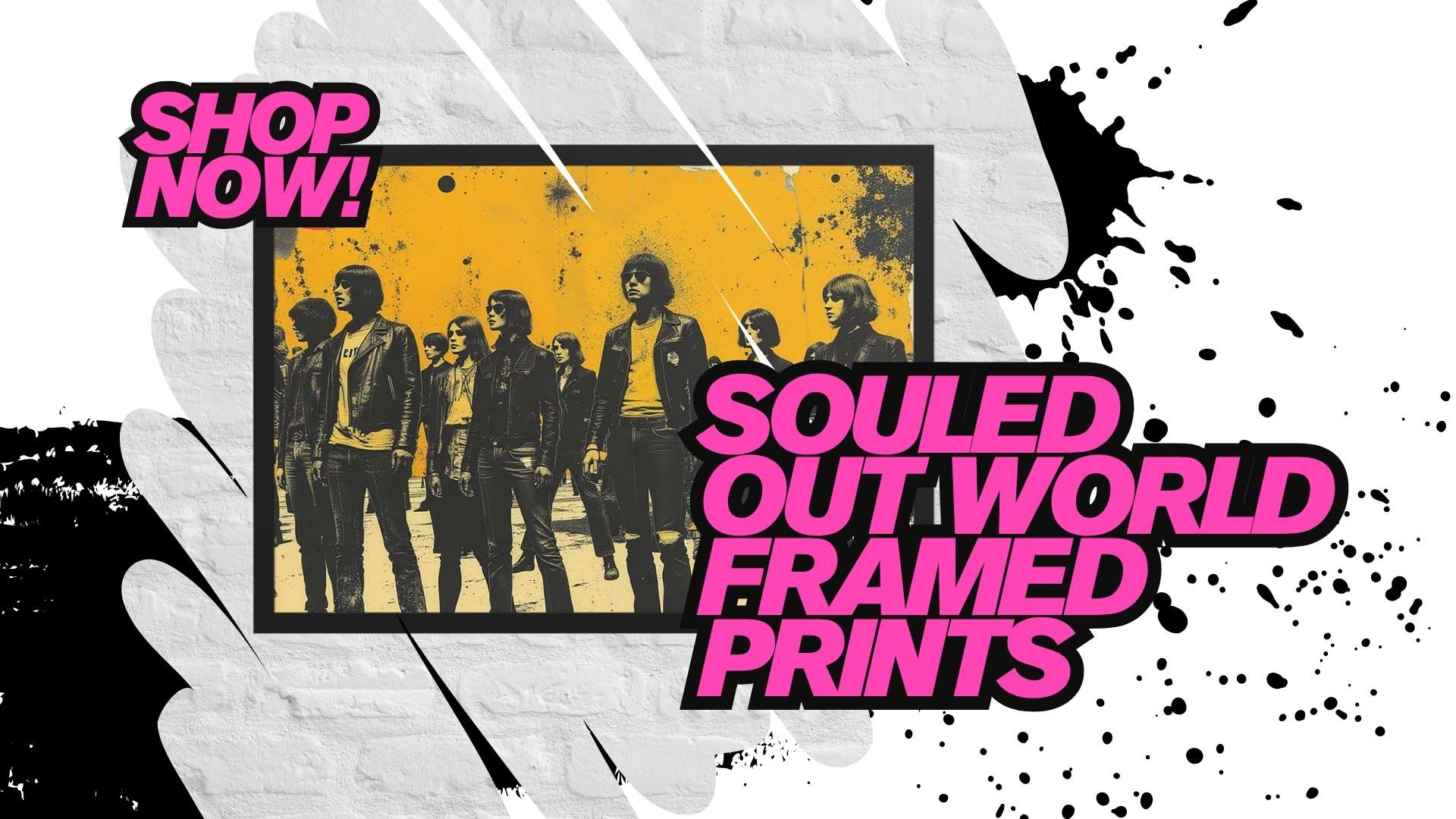


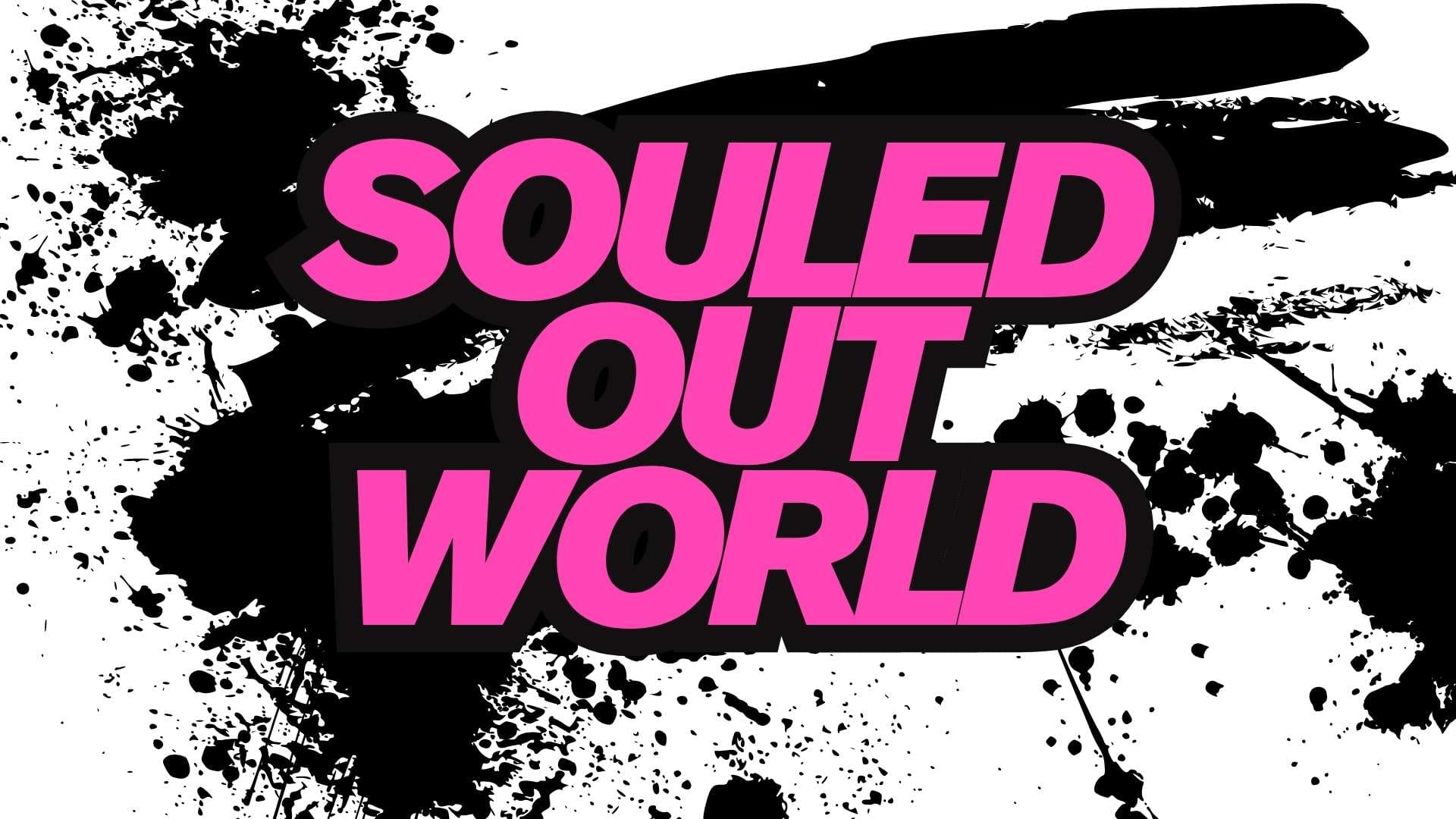
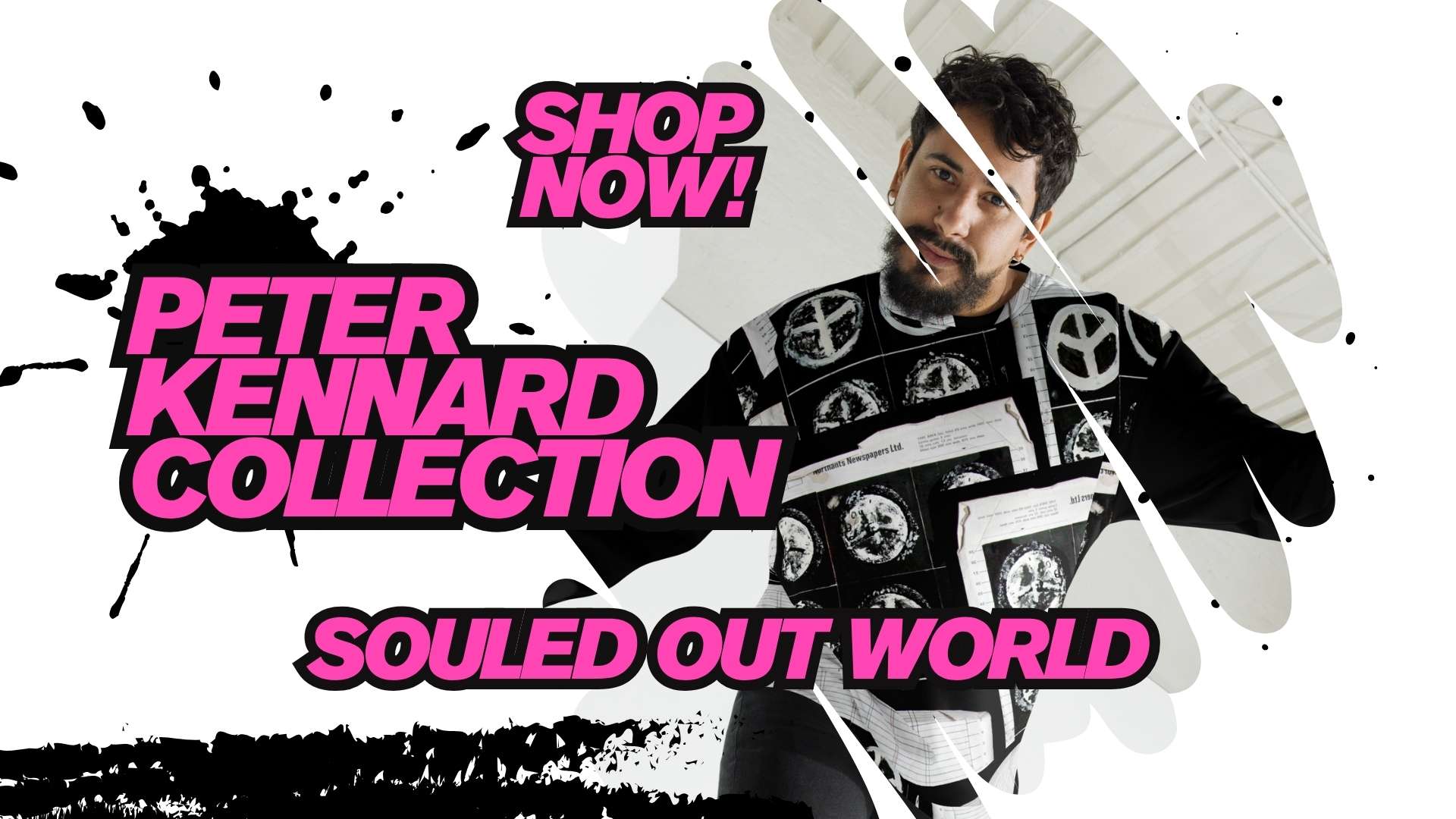

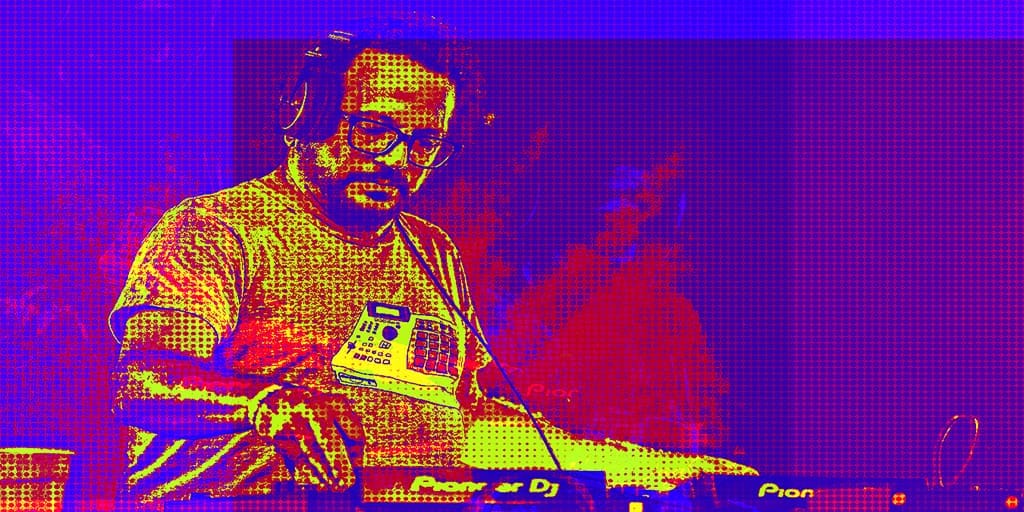
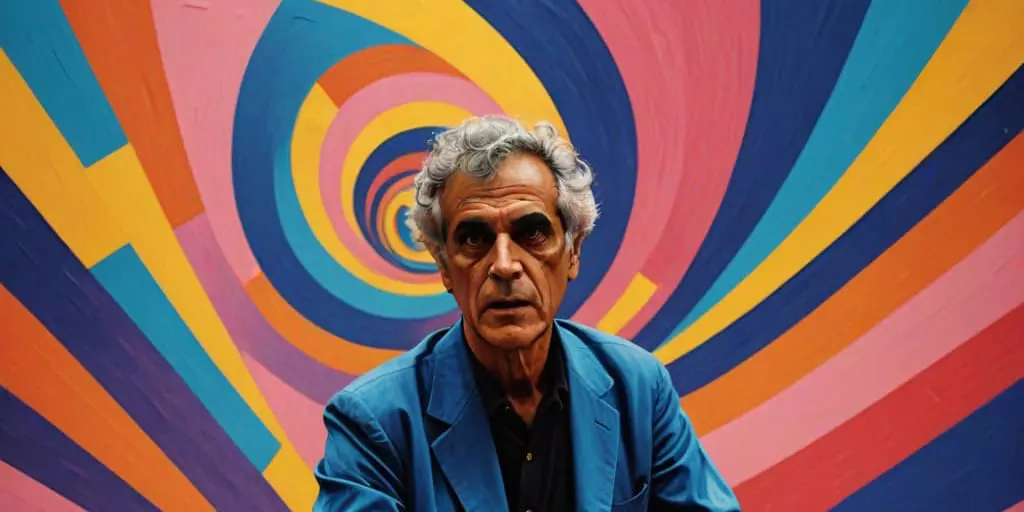

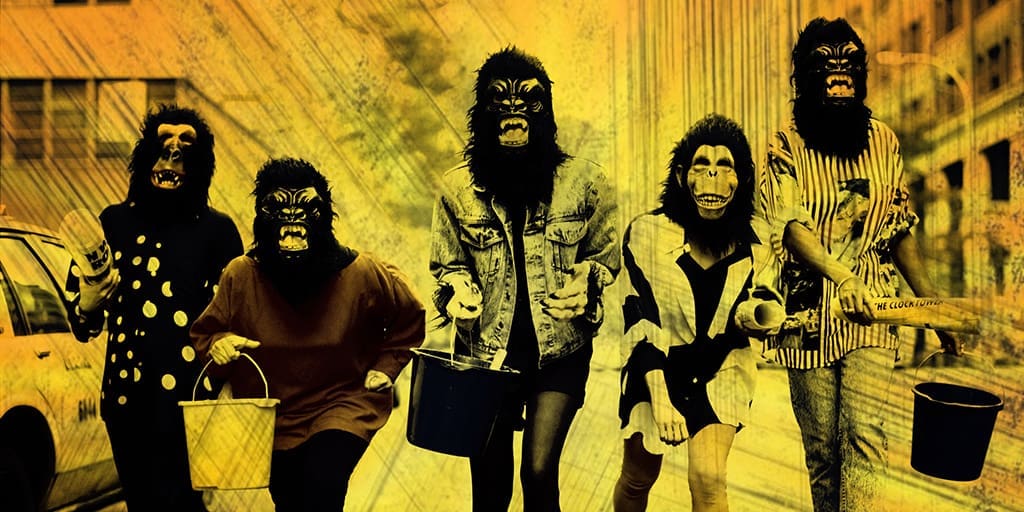
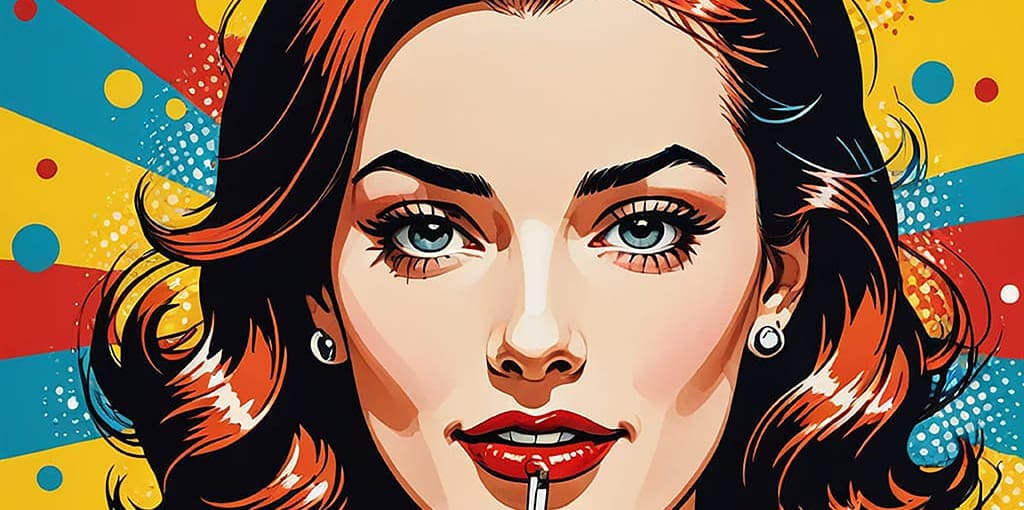
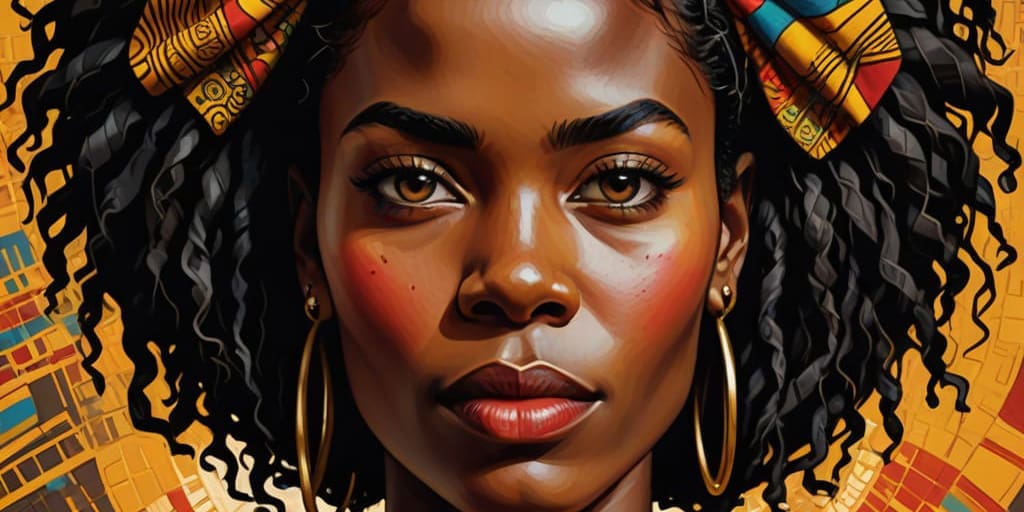
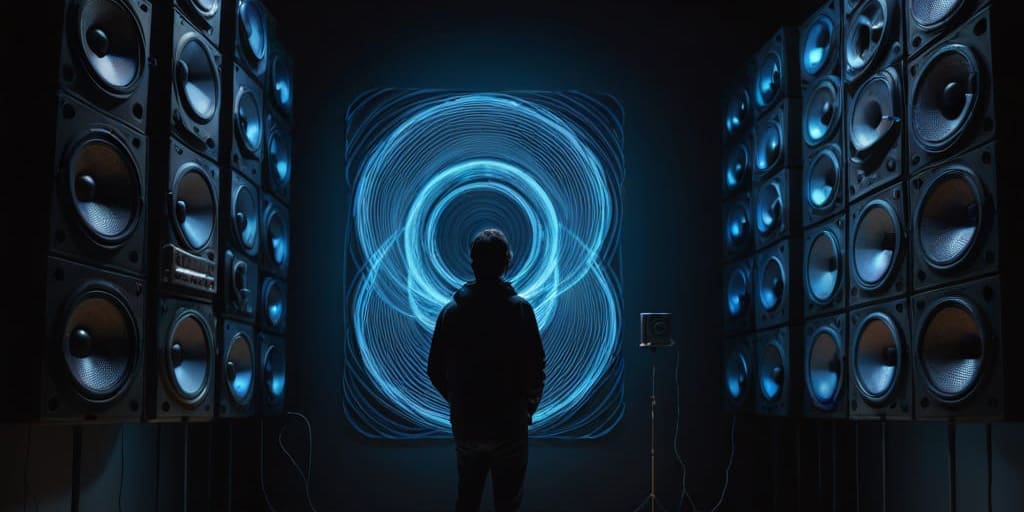
















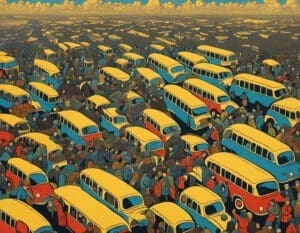

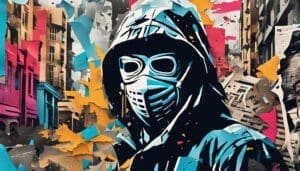






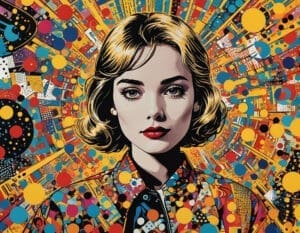






What do you think?